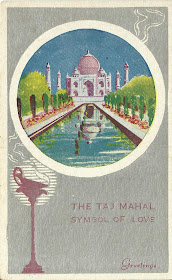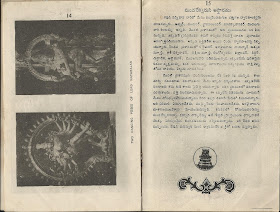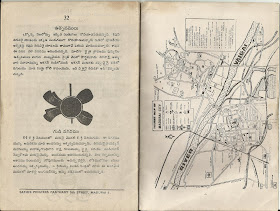These are several vintage post cards of Indian Woman in the 19th Century.
I do not own any one of these vintage post cards. One ebay seller from United Kingdom allowing his vintage post cards scans in my Heritage of India blog. Thank you my friend for allowing your post card scans for sharing them in my blog.
Please look into the photographs of these vintage post cards. The sari wearing style etc. many traditional things we obversed in these vintage post cards.
In those golden days of 19th Century to early 20th Century there will be a great respect to Indian Woman.
From the puranic period onwards people give great respect to Indian woman. There will be many respected Indian Woman in Indian history from many generations like Sita, Savitri, Sati Anasuya Maa, Draupadi, Sarada Maatha, Jhansi Lakshmibhai, Smt.M.S.Subbulakshmi and many others. These are only few names. But in the history there will be several Indian Woman who have played significant role in many generations from the Puranic period onwards.
But unfortunately in the present day Indian woman faced many troubles and some of them were faced very awkward, disastrous, fearful and shameful things. Particularly it is a very sad thing happened to the 23 year old young braveheart Indian woman who fought nearly 2 weeks for survival but finally she died.It is a great thing that entire Indian nation will mourn for her and light the candles for her.Even though she is not physically with us but she always lived in our hearts.
Here i am sharing these Indian Woman in the 19th Century vintage post cards.
I hope after seeing these post cards atleast some people trying to change their mindset and give dignity and respect to woman.
From my side it is my humble and noble tribute(homage) to the 23 year old Young Indian Braveheart sister.
I do not own any one of these vintage post cards. One ebay seller from United Kingdom allowing his vintage post cards scans in my Heritage of India blog. Thank you my friend for allowing your post card scans for sharing them in my blog.
Please look into the photographs of these vintage post cards. The sari wearing style etc. many traditional things we obversed in these vintage post cards.
In those golden days of 19th Century to early 20th Century there will be a great respect to Indian Woman.
From the puranic period onwards people give great respect to Indian woman. There will be many respected Indian Woman in Indian history from many generations like Sita, Savitri, Sati Anasuya Maa, Draupadi, Sarada Maatha, Jhansi Lakshmibhai, Smt.M.S.Subbulakshmi and many others. These are only few names. But in the history there will be several Indian Woman who have played significant role in many generations from the Puranic period onwards.
But unfortunately in the present day Indian woman faced many troubles and some of them were faced very awkward, disastrous, fearful and shameful things. Particularly it is a very sad thing happened to the 23 year old young braveheart Indian woman who fought nearly 2 weeks for survival but finally she died.It is a great thing that entire Indian nation will mourn for her and light the candles for her.Even though she is not physically with us but she always lived in our hearts.
Here i am sharing these Indian Woman in the 19th Century vintage post cards.
I hope after seeing these post cards atleast some people trying to change their mindset and give dignity and respect to woman.
From my side it is my humble and noble tribute(homage) to the 23 year old Young Indian Braveheart sister.
.jpg)
.jpg)
.jpg)

.jpg)
.jpg)

.jpg)
.jpg)
.jpg)

.jpg)

.jpg)

.jpg)



.jpg)















































